Repairing cast aluminum is a valuable skill for addressing cracks or breaks in aluminum components, commonly found in automotive parts, machinery, and cookware. While aluminum is known for its strength and lightweight properties, it can sometimes sustain damage from impacts or stress.
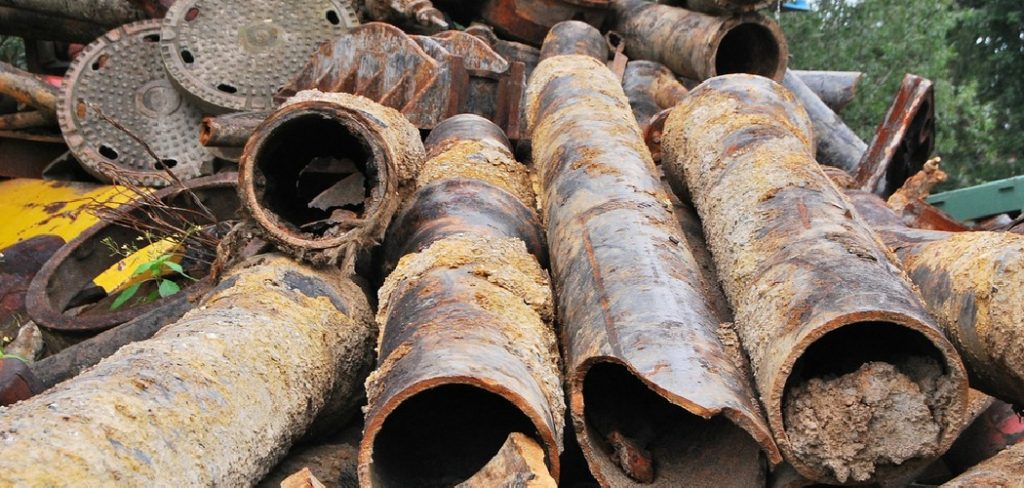
Fortunately, with the right tools and techniques, you can effectively restore cast aluminum items to their original condition. This guide will walk you through how to repair cast aluminum, ensuring that your aluminum components remain functional and durable.
Challenges of Repairing Cast Aluminum
Repairing cast aluminum poses several challenges due to its unique properties. One of the main difficulties is its high thermal conductivity, which causes rapid heat dissipation during welding or soldering. This can lead to inadequate penetration and weak welds.
Additionally, aluminum is prone to oxidation, forming an aluminum oxide layer that can interfere with bonding processes. Proper surface preparation is crucial to remove this oxide layer and ensure a strong repair. Another challenge is the potential for distortion due to high heat input, which can warp or weaken the structure of the component.
Finally, cast aluminum alloys vary significantly in composition, requiring careful selection of the right filler materials and repair techniques to match the specific alloy. Despite these challenges, a thorough understanding of the material and meticulous execution can lead to successful repairs.
Understanding Cast Aluminum
Cast aluminum is a type of aluminum alloy that is produced through the casting process, where molten metal is poured into a mold to create complex shapes.
This method allows for high precision and is cost-effective for producing intricate designs, making cast aluminum a popular choice in various industries such as automotive, aerospace, and home goods. The material combines lightweight characteristics with excellent strength and corrosion resistance, making it ideal for applications that require both durability and performance.
Different alloys of cast aluminum offer varying properties, allowing manufacturers to tailor the material to specific use cases. Despite its advantageous traits, cast aluminum can be susceptible to cracking under stress or impact, which is why understanding its composition and properties is essential for effective repair and maintenance.
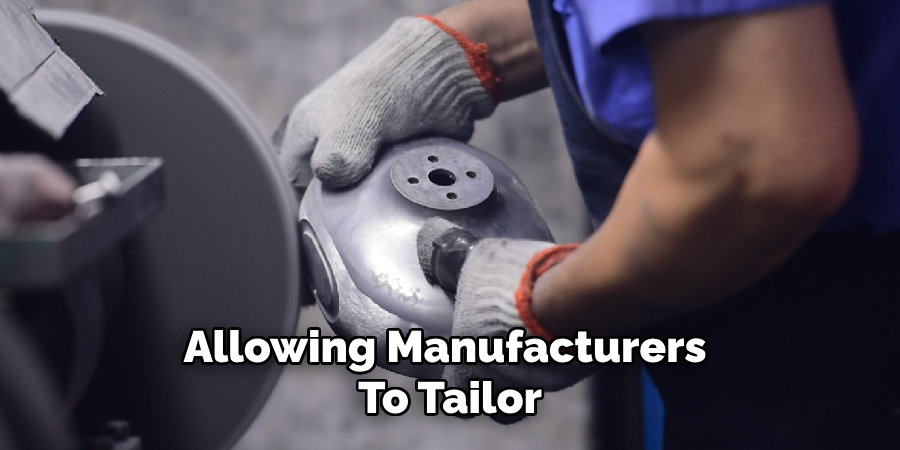
10 Methods How to Repair Cast Aluminum
1. Clean the Damaged Area Thoroughly
Before any repair, it’s essential to clean the damaged area of cast aluminum thoroughly. Dirt, grease, and oxidation can prevent repair materials from bonding effectively. Start by scrubbing the area with a metal brush or sandpaper to remove loose particles, then apply a degreaser or rubbing alcohol to get rid of any oil or residue.
Use a clean, lint-free cloth to dry the area completely before proceeding. A clean surface ensures better adhesion and prepares the aluminum for the next repair steps.
2. Use Aluminum Welding to Bond Cracks
One of the most effective methods to repair cast aluminum is through welding. Aluminum welding requires special equipment, such as a TIG (Tungsten Inert Gas) welder, and the expertise to handle aluminum’s specific welding requirements. Begin by heating the aluminum gently to reduce the risk of cracking.
Once prepared, apply a filler rod compatible with aluminum, following proper welding techniques. Keep in mind that aluminum welding should be done in a well-ventilated area with safety gear. This method is highly durable and long-lasting for structural repairs, though it requires experience and access to welding tools.
3. Try a Cold Welding Epoxy for Quick Repairs
Cold welding epoxies are a reliable solution for repairing cast aluminum without the need for high heat. These epoxies are specifically designed to bond metal surfaces and can fill cracks, gaps, or breaks effectively.
Simply mix the epoxy components according to the manufacturer’s instructions, apply it to the damaged area, and press the surfaces together. Allow the epoxy to cure fully for maximum strength. This method is ideal for small repairs or cases where welding equipment is unavailable.
4. Use a Torch and Aluminum Brazing Rods
For smaller repairs, brazing is an alternative to welding that works well with aluminum. Brazing uses a propane or MAP gas torch to heat the area and melt a specially formulated aluminum brazing rod. Begin by heating the cast aluminum area evenly, being cautious not to overheat, as aluminum melts at a relatively low temperature.
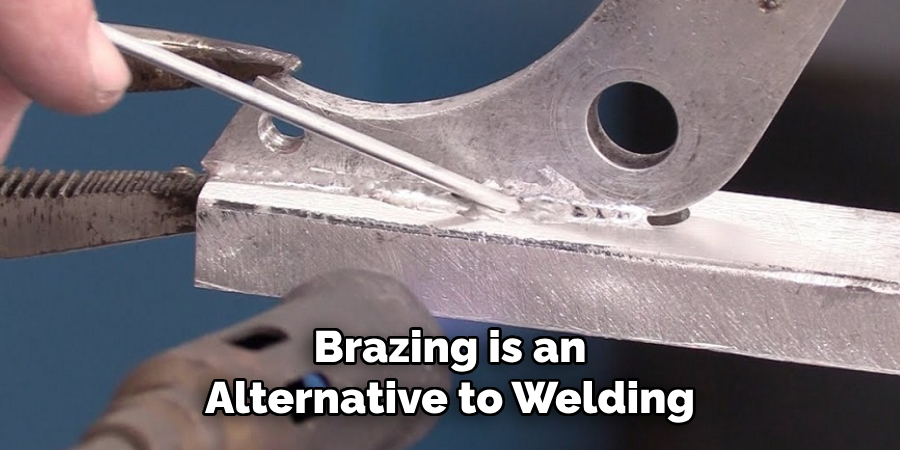
Once hot, apply the brazing rod to the crack or break and allow it to flow into the area, forming a strong bond as it cools. This method is effective for thin materials and is often used in plumbing and metalwork projects.
5. Reinforce with an Aluminum Patch
In cases where there are large holes or damaged sections, using an aluminum patch can provide additional support and durability. Cut a piece of aluminum patch material slightly larger than the damaged area, and sand both the patch and the cast aluminum surface to ensure proper adhesion.
Use a high-strength epoxy or brazing technique to attach the patch over the damaged section. Press firmly and let it cure according to the adhesive’s instructions. This method works well for larger repairs and provides added strength to the weakened area.
6. Drill Stop Holes to Prevent Crack Expansion
If you’re dealing with a crack in cast aluminum, drilling small stop holes at each end of the crack can prevent it from spreading. Use a small drill bit to create a hole about 1/8” in diameter at each end of the crack, which relieves stress and reduces the risk of further cracking.
Once the stop holes are drilled, fill the crack with epoxy or weld the crack closed, depending on the extent of the damage. This method is essential for preventing minor cracks from worsening over time.
7. Use Aluminum Repair Tape for Temporary Fixes
Aluminum repair tape can be a quick solution for minor cracks or leaks, particularly in areas where structural strength isn’t a primary concern. This tape is designed to stick firmly to aluminum surfaces, creating a waterproof seal. Clean the area, apply the tape, and press it down firmly to ensure complete adhesion.
While not as permanent as other methods, aluminum repair tape can work well in low-stress areas or as a temporary fix until a more comprehensive repair can be completed.
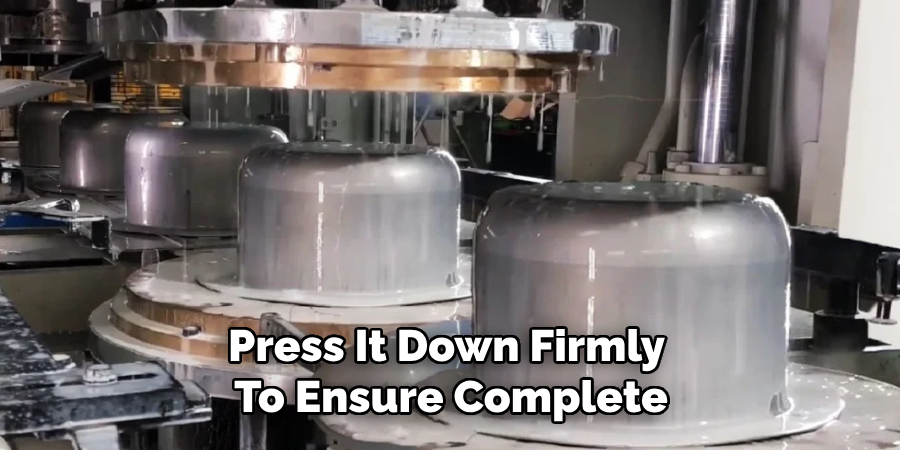
8. Try Heat-Activated Aluminum Adhesive
Some specialty adhesives are designed specifically for aluminum repairs and are activated by heat. After applying the adhesive, use a heat gun to gently warm the area, helping the adhesive bond more effectively with the aluminum. Follow the product instructions for heating times and temperatures.
This method creates a strong, durable bond and can be useful for small cracks or breaks. It’s ideal for areas that can withstand moderate heat without warping or deforming.
9. Apply Threaded Inserts for Structural Stability
When repairing cast aluminum with stripped or damaged threads, threaded inserts can restore the part’s functionality and strength. Start by drilling out the damaged threads, then insert a helicoil or similar threaded insert. This repair is particularly useful in engine parts, machinery, or any item requiring secure connections.
Threaded inserts provide a long-lasting solution and often exceed the strength of the original threads, making them highly effective for structural applications.
10. Sand and Polish After Repair
Once you’ve completed the repair, sanding and polishing the surface will create a smooth, seamless finish. Start with coarse sandpaper, such as 120-grit, to remove any uneven areas, then progress to finer grits for a smoother finish. For a high-gloss shine, consider polishing with aluminum polish or a buffing wheel.
Sanding and polishing not only improve the appearance of the repair but also help to blend it into the original cast aluminum, making it less noticeable. This final step enhances both the aesthetics and durability of your repair.
Things to Consider When Repairing Cast Aluminum
When undertaking the repair of cast aluminum, several factors must be carefully considered to achieve the best results. First, assess the extent of the damage to determine the most appropriate repair method and whether specialized tools or materials are needed.
Consider the location of the repair, as some methods may not be suitable for areas subjected to high stress or high temperatures. It’s crucial to ensure the work area is well-ventilated, especially when using adhesives or welding techniques, to prevent the inhalation of fumes.
Safety should be a top priority, so wearing protective equipment like gloves, goggles, and masks is necessary to avoid injury. Lastly, patience is key; take the time to prepare the surface adequately and allow adhesives or compounds to cure fully for a strong, lasting repair.
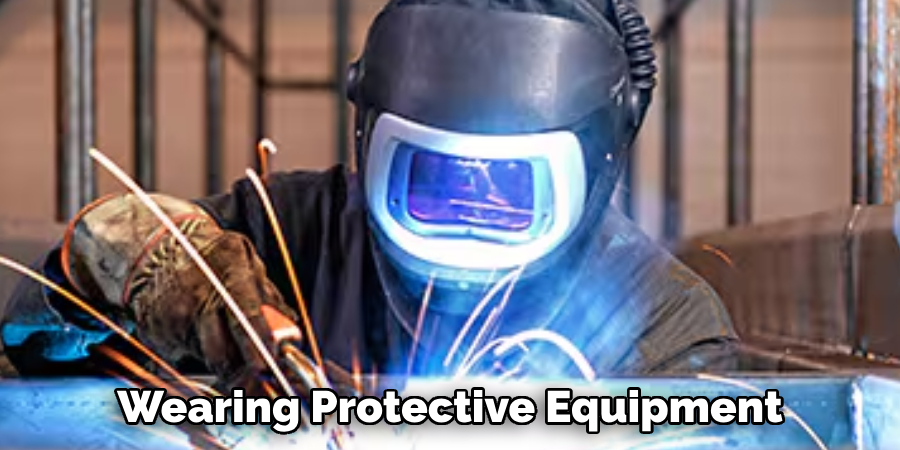
Conclusion
Repairing cast aluminum can be a challenging task, but with the right techniques and tools, it is wholly achievable. Each method outlined here—from welding and brazing to using epoxy and repair tapes—offers a particular set of benefits suitable for different types and extents of damage. It’s crucial to assess the damage before selecting a repair method to ensure the most effective and lasting solution.
By investing time and care into the repair process, you can restore structural integrity and ensure the longevity of your aluminum components. Thanks for reading our blog post on how to repair cast aluminum! We hope you found it helpful and informative.
Edmund Sumlin is a skilled author for Metal Fixes, bringing 6 years of expertise in crafting a wide range of metal fixtures. With a strong background in metalwork, Edmund’s knowledge spans various types of fixtures, from decorative pieces to functional hardware, blending precision with creativity. His passion for metalworking and design has made him a trusted resource in the industry.
Professional Focus:
- Expert in Metal Fixtures : Edmund aesthetic specializes in creating durable and innovative metal fixtures, offering both appeal and functionality. His work reflects a deep understanding of metalworking techniques and materials.
- Sustainability Advocate : He is dedicated to using sustainable practices, ensuring that every fixture is crafted with eco-friendly methods while maintaining high-quality standards.
In his writing for Metal Fixes, Edmund provides valuable insights into the latest trends, techniques, and practical advice for those passionate about metal fixtures, whether they are professionals or DIY enthusiasts. His focus on combining artistry with engineering helps others discover the true potential of metal in design.


